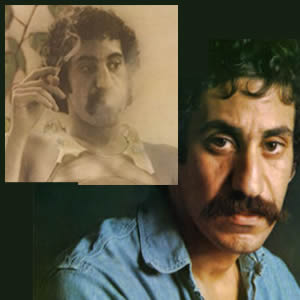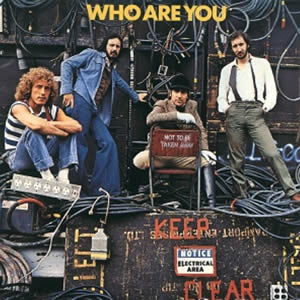Jim Croce 1973 Albums
Buy Life and Times Buy I Got a Name In 1973 Jim Croce found the pinnacle of his career success and all the bedlam and time on the road which goes along with […]

Buy Life and Times Buy I Got a Name In 1973 Jim Croce found the pinnacle of his career success and all the bedlam and time on the road which goes along with […]

Buy Who Are You The Who‘s eighth overall and final studio album with drummer Keith Moon, 1978’s Who Are You marks a notable transition for the rock quartet. Here, the music is built […]

Buy An innocent Man Billy Joel took a musical detour by forging an album of interpretive styles on An Innocent Man, his ninth studio album. Here, Joel pays homage to various musical styles […]

Buy Truth There probably has never a debut album like Jeff Beck‘s 1968 solo debut, Truth. This album, of unique interpretations of diverse covers, introduced the talents of future superstar Rod Stewart on […]